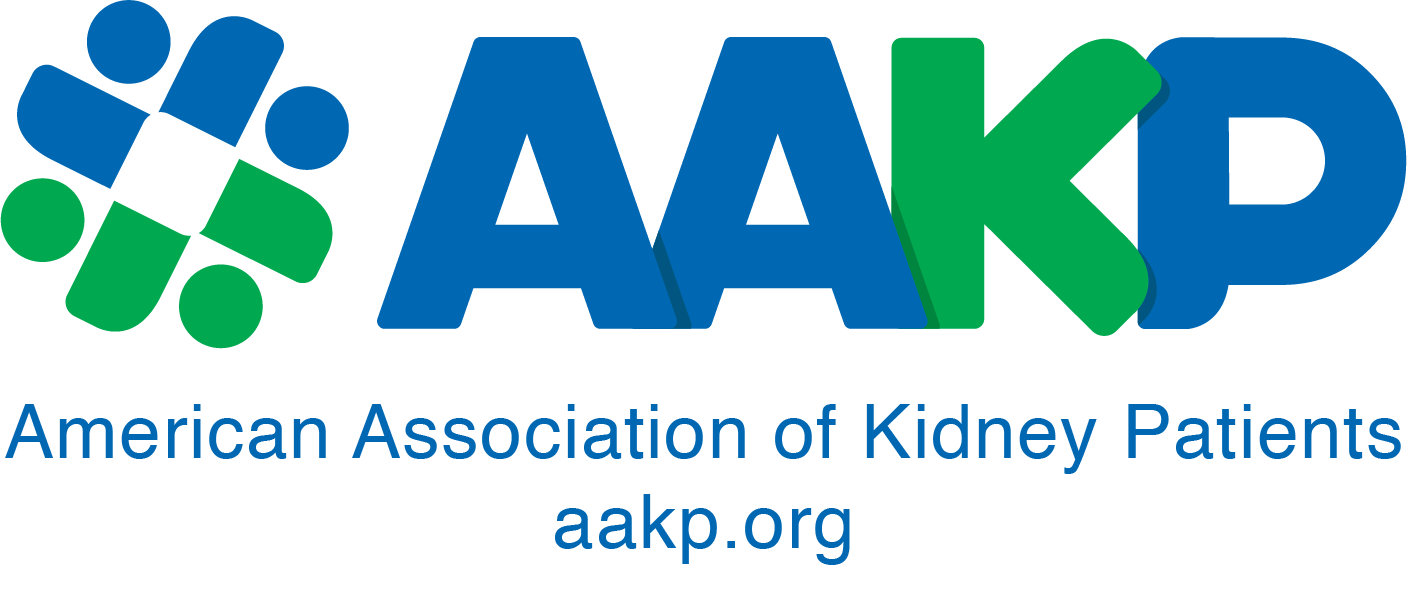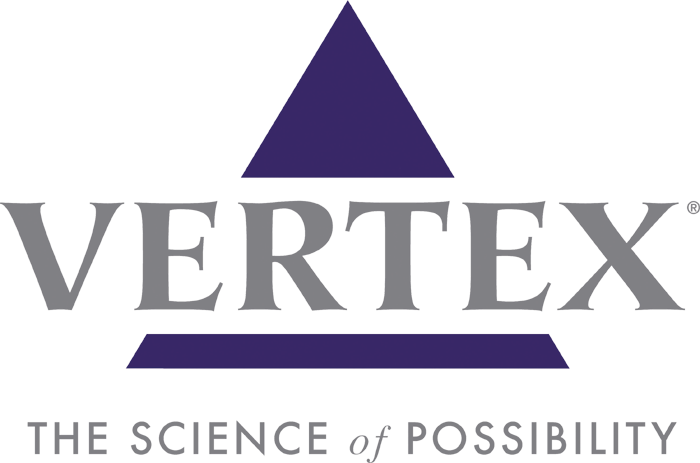The organs that are situated within the abdominal cavity are covered with a fine continuous lining membrane called the peritoneal membrane, or peritoneum. The part of this membrane that covers the intra (inside) abdominal organs is called visceral peritoneum and the rest of the membrane, which lines the abdominal walls, is called parietal peritoneum. The peritoneal cavity is the enclosed free space within the belly that is outlined by the parietal and visceral peritoneum.
A hernia is a break of this cavity, usually caused by high intra (inside) abdominal pressure on a weak point of the muscular layers that make up the cavity walls. Such weak points include physiologic openings allowing communication of the abdominal cavity with the thoracic cavity or the groin, as well as points where there is a separation in the continuity of the muscular wall layers, including the umbilicus (the belly button) region, the midline of the abdomen or the site of surgical incision (for example, where the peritoneal catheter was inserted). Depending on the hernia site, it can be classified as diaphragmatic (through the dome of the abdominal cavity), inguinal (in the groin), midline, umbilical or post operative (in surgical incision sites).
A hernia pops out of the abdominal wall like a balloon, usually initiated by a rise in intra abdominal pressure, and it consists of its lining – made out of parietal peritoneum and called a hernia’s sac – and its contents, that may include some part of intra abdominal organ(s), usually a bowel loop.
A number of factors have been associated with an increased risk of hernia in patients on peritoneal dialysis (PD). In terms of the presence of weaker abdominal walls and hernia- prone sites, these factors include female sex and multiparity (multiple pregnancies), older age, polycystic kidney disease (PKD), and previous abdominal surgeries. Factors that are associated with a higher risk for hernia due to raised intra-abdominal pressure include a larger stomach size and activities that increase intra-abdominal pressure such as coughing and constipation-related straining of the abdominal muscles.
A longer time on PD, as well as CAPD (continuous ambulatory peritoneal dialysis -where fluid stays in the peritoneal cavity through the day) versus automated only PD known as CCPD (continuous cycling peritoneal dialysis – being mostly performed during the night while attached to a cycler and laying on one’s back in a face-up position) have also been associated with a higher risk of hernias. Although the volume of fluid used in PD (ranging from 1.5 to 3.0 Lit at a time) has been related to intra abdominal pressure, higher volumes have not been associated with a definite increase in the risk for hernia formation in adults.
The most common sites of hernia development in PD patients are the umbilicus (belly button), the inguinal canals (passage in the anterior abdominal wall) and the catheter insertion site. The symptoms and signs associated with hernias in PD can be divided in two categories: those related to the hernia itself and those related to a possible complication of the hernia. Complications include: mild discomfort and cosmetic features, peritoneal fluid leak or confined and choking of a bowel loop.
Hernias are usually painless and apart from mild, if any, discomfort they are mostly just a cosmetic issue. They are usually associated with subtle symptoms including the presence of a well defined lump – often periodic and in relation with movements that increase the abdominal pressure, such as coughing and standing up from a flat position – and some mild discomfort in the area. The internal abdominal organs that stick out in the hernia’s sac, usually a segment of small bowel and some intra-peritoneal fat called the omentum, can usually be repositioned in the abdominal cavity automatically by laying down or by some gentle manipulation.
Leak of peritoneal fluid through a hernia sac to the subcutaneous tissues (the superficial space between the skin and the abdominal muscles) can complicate a hernia. This usually shows up as localized swelling of the skin around and below (by means of gravity) the original hernia site, including the groin and the genitalia. It may be accompanied by loss of ultra-filtration (the ability to remove fluid in every cycle of PD) and total accumulation of fluid in the patient. It should be mentioned that, in this case of ultra-filtration loss, it does not help to use stronger dialysis fluids as the problem is mechanical and not because the peritoneal membrane has stopped working.
Some complications can be potentially even more serious, such as if the content of a hernia (usually a bowel loop) is twisted within the sac. Subsequent oedema (swelling) and inflammation may make the hernia tender and firm and unable to be pushed back into the abdominal cavity. This hernia is called incarcerated and it can be associated with symptoms of bowel obstruction such as vomiting and inability to pass air or stools. If blood flow to the bowel trapped in the hernia sac is compromised the hernia is said to be strangulated or choked. This can lead to the leaking of bacteria from the bowel into the peritoneal cavity. In this case the patient experiences severe peritonitis symptoms and should get urgent surgical intervention. It is only in the case of strangulation that the patient should be switched to hemodialysis for a few weeks.
Hernias in PD patients can be prevented by avoiding situations with increased intra abdominal pressure. This would include avoiding constipation and straining by using laxatives. However, some laxatives are not recommended for people on dialysis, so you should check with your doctor first before taking any. Activities that increase the intra abdominal pressure such as weight lifting should also be avoided. If patients want to participate in exercise, they should drain first and exercise with a “dry” abdomen.
Whenever spotted, and depending on their size and their symptoms, hernias in PD patients can usually be electively and non-urgently repaired by surgery. It is strongly recommended to check for the presence of hernias and plan to treat them with elective surgery before starting PD. This can often be done at the same time as a peritoneal catheter is inserted.
Hernias can affect as many as five to 15 percent of PD patients. Surgical experience and temporary transfer to automated PD – performed using smaller dialysate volumes while laying down and dry during the day – have been shown to allow continuation of PD around hernia repair, with no need for temporary use of hemodialysis. Recurrence of a hernia has been reported to be rare with current surgical techniques including the use of mesh to reduce the pull on the abdominal wall.
In summary, hernias are a common complication in PD patients as a result of the increased intra-abdominal pressure from the dialysis fluid. Consequences range from none to leakage of dialysis fluid across the hernia sac into the tissues of the abdominal wall, to bowel confinement or choking. Prevention strategies include repair of hernia defects at the time of insertion of the PD catheter and draining out the dialysate in anticipation of activities that will increase the intra-abdominal pressure. Hernias do not have to be repaired unless there is a leak caused by the hernia or bowel confinement or choking occurs. However, for cosmetic reasons, most patients will choose to have these repaired surgically. With some planning, repair does not mean that the patient has to transition to hemodialysis either temporarily or permanently, unless the bowel in the hernia sac has sustained some damage. In most cases, the dialysis fluid is drained before the surgery, and no PD is carried out for 24 to 48 hours after the operation. Then small volumes can be instilled, especially with the patient lying down such as required on the PD cycler method (CCPD). As the incision heals, larger volumes of dialysis fluid can be instilled until the patient is back on his/her normal routine, usually two weeks after surgery.
Joanne M. Bargman, MD, FRCPC, completed her clinical fellowship program at the University of Toronto, Toronto General Hospital. She is a Professor of Medicine and Staff Nephrologist at the University of Toronto. Dr. Bargman is also Network Director of University Health and Director of the Home Peritoneal Dialysis Unit.
Chrysostomos Dimitriadis, MD, PhD, is a staff Nephrologist in the University Department of Nephrology of the Aristotles University of Thessaloniki, at Hippokration General Hospital in Thessaloniki, Greece. His main interests in nephrology include dialysis (in-center hemodialysis and peritoneal dialysis), CKD-Bone Mineral Disease and cardiovascular complications in uremia. He is currently visiting for a six month observership in the Peritoneal Dialysis Unit of the University Health Network at Toronto General Hospital, directed by Dr. Bargman.
This article originally appeared in the March 2011 issue of At Home with AAKP.























